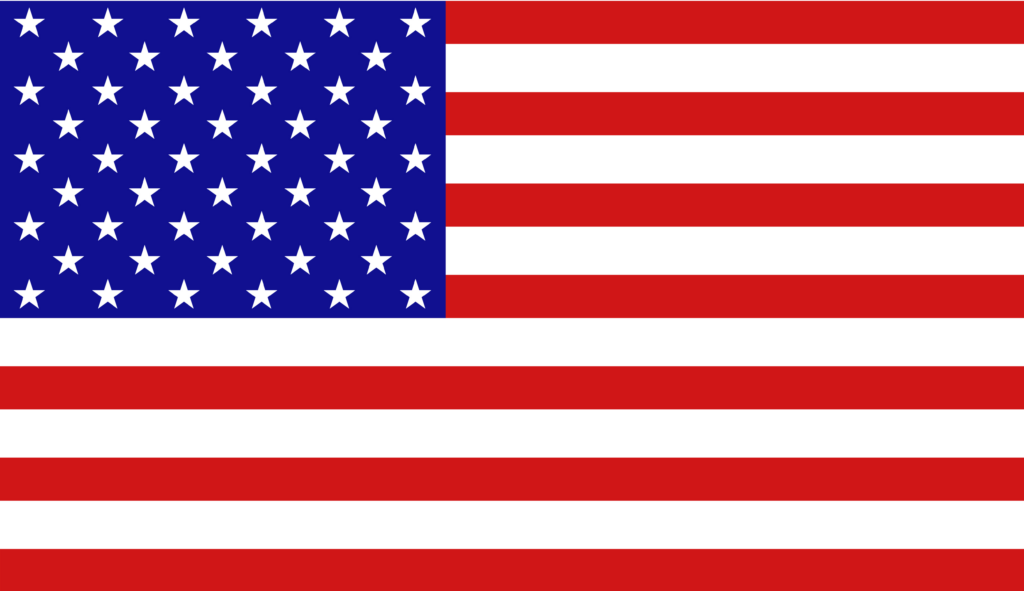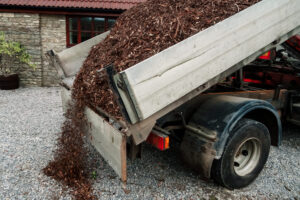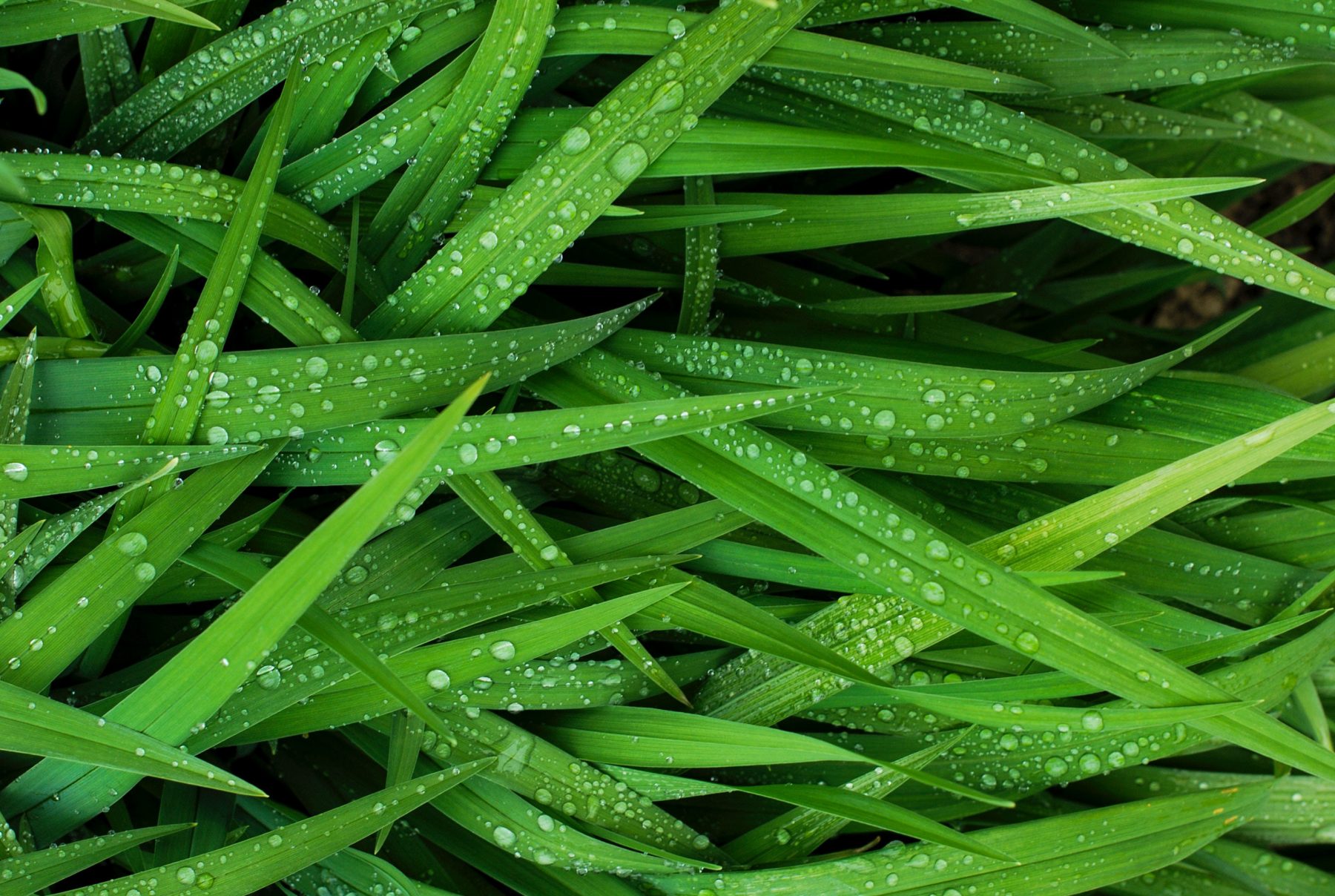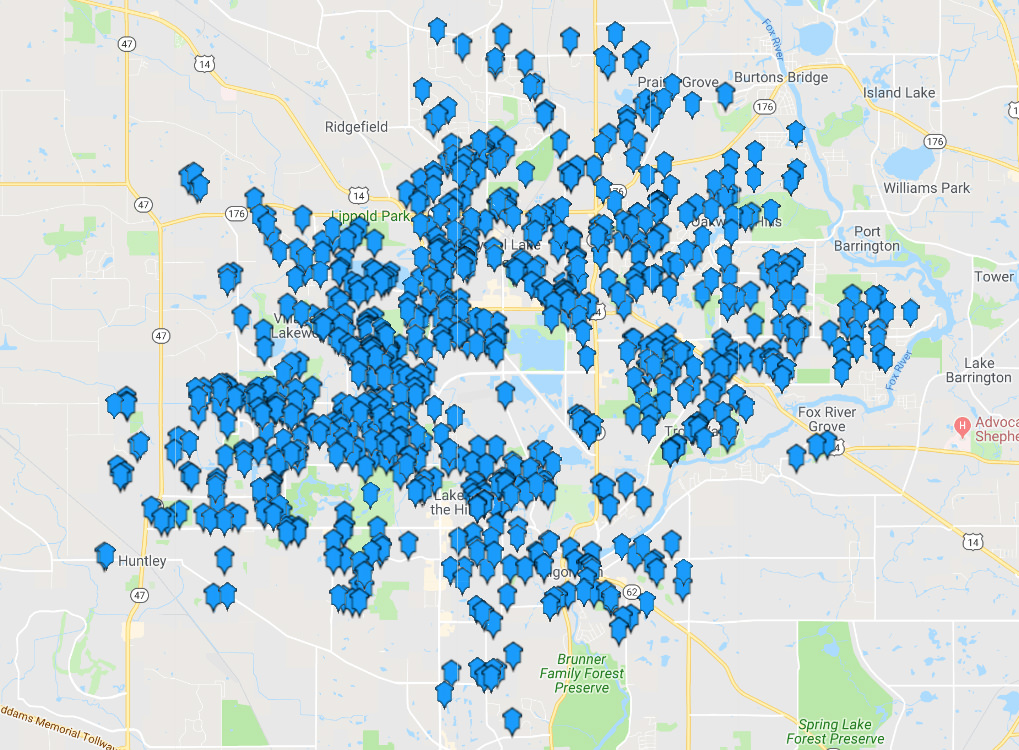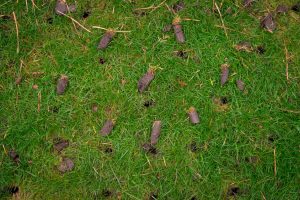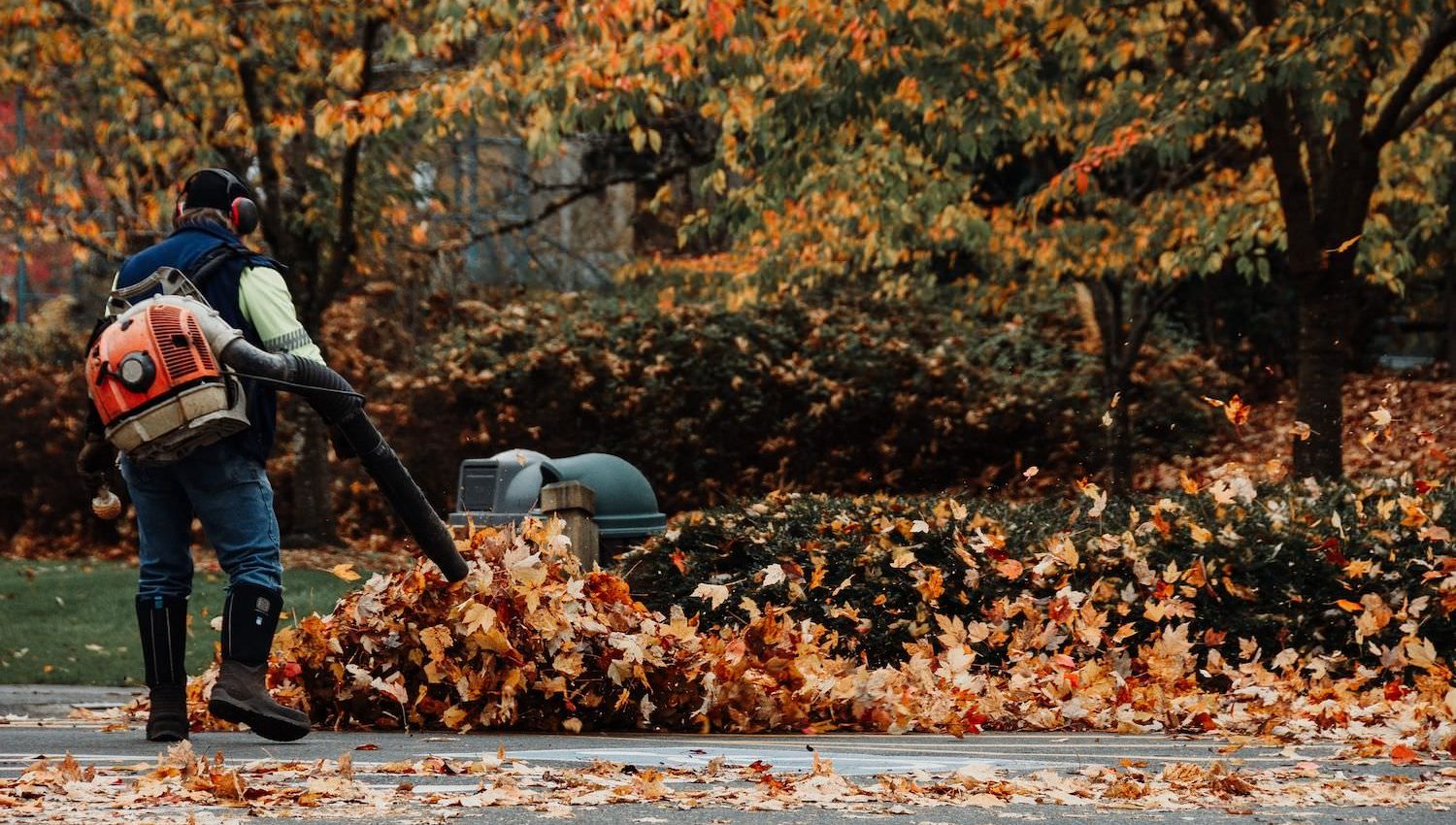
Exclusive New Illinois Fall Lawn Care Maintenance Schedule
Fall Lawn Care Maintenance Services:
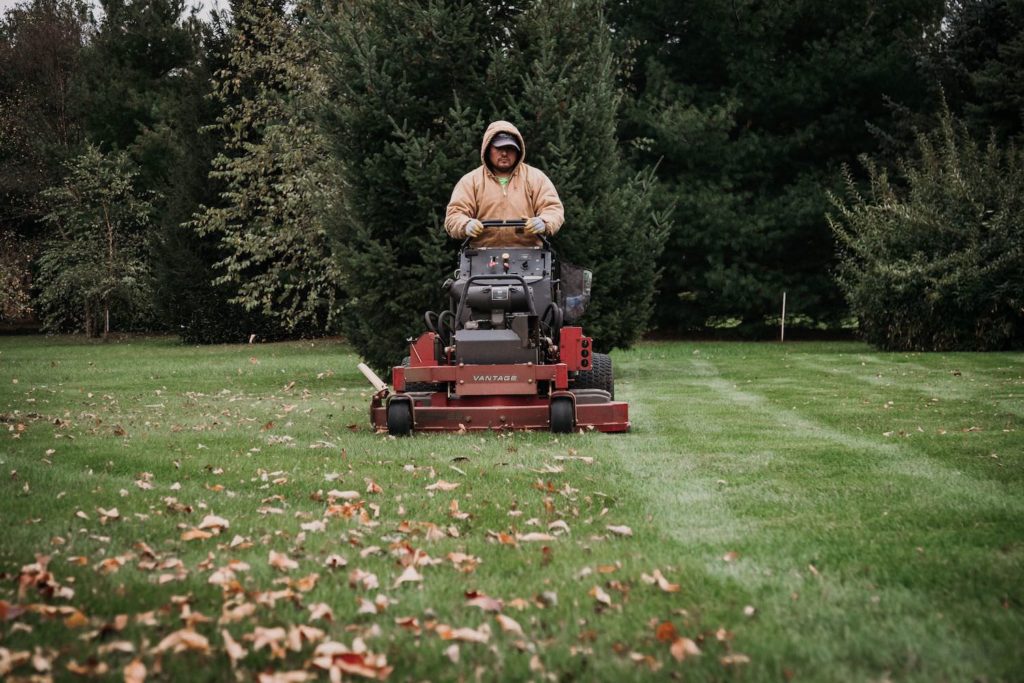
Our Fall Grass Cutting Tips Lawn Mowing
If you live in Illinois, your grass should be continually mowed until the 2nd week of November. Fall grass cutting height should be 3 to 3.25 inches. However, some lawns may need a final cut around thanksgiving. The last cut of the season should be 2.75 to 3 inches tall. This will help your yard look its best as we head into winter and allow it enough sunlight needed for robust growth during this season when food sources are scarce in most landscapes.
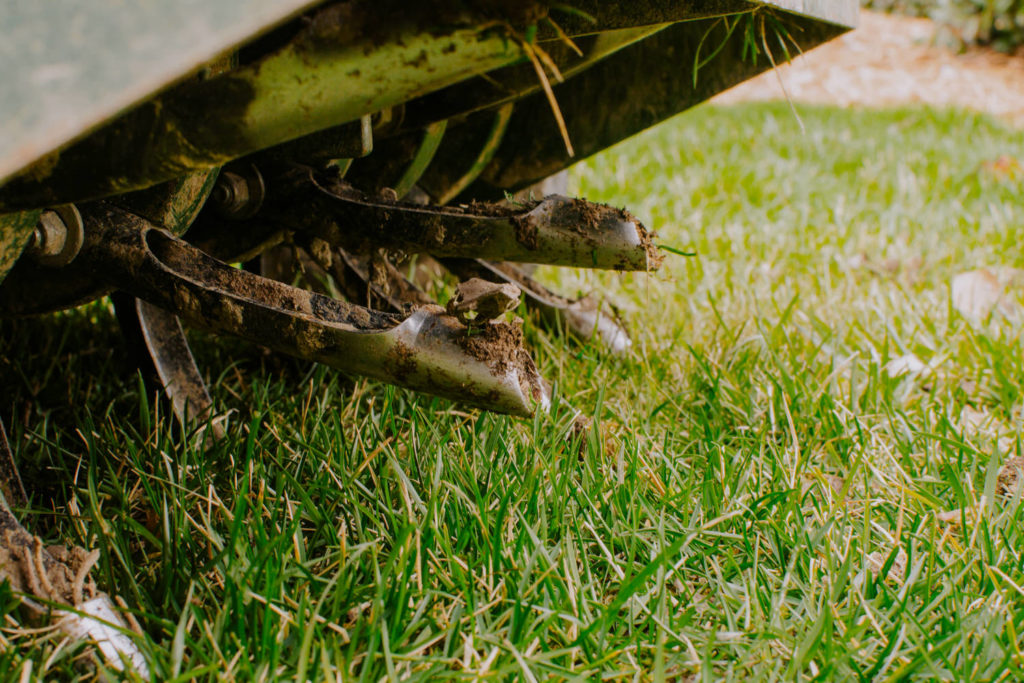
When should fall aeration be performed? Core Aeration
Fall Lawn Core Aeration should ideally happen in September. Fall core aeration helps reduce compaction, improve drainage, and promote new growth. It also gives your grass a chance to take in nutrients and water more easily.
In August grass is still recovering from the harsh dry months of Summer. September is the month you should dedicate to your grass health and preparing your lawn for the winter. The month of October should be dedicated to leaves and keeping them off your lawn.
Aerating in September will help ensure that your lawn stays healthy and looking its best all season long.
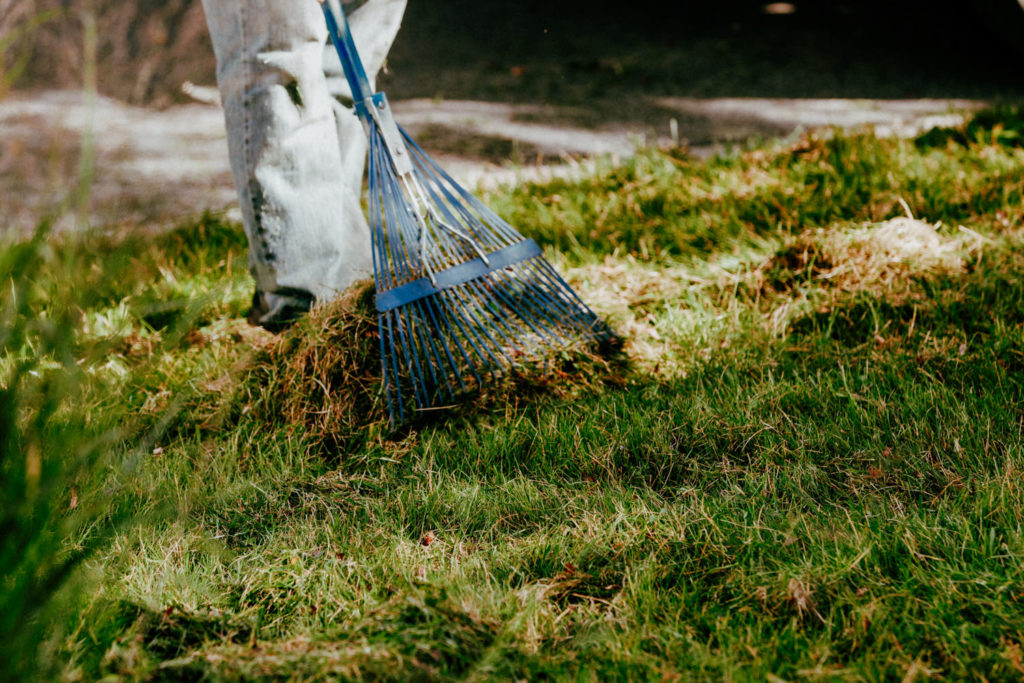
When to dethatch lawn in fall season? Lawn Dethatching
The best time for Fall Dethatching is in September. This is the ideal time for dethatching, especially if your lawn needs overseeding. Dethatching is an important part of fall lawn care, as it helps to improve air circulation and drainage, and prevents the build-up of fungi and other diseases. If you have a thatch problem, September is the ideal time to address it.

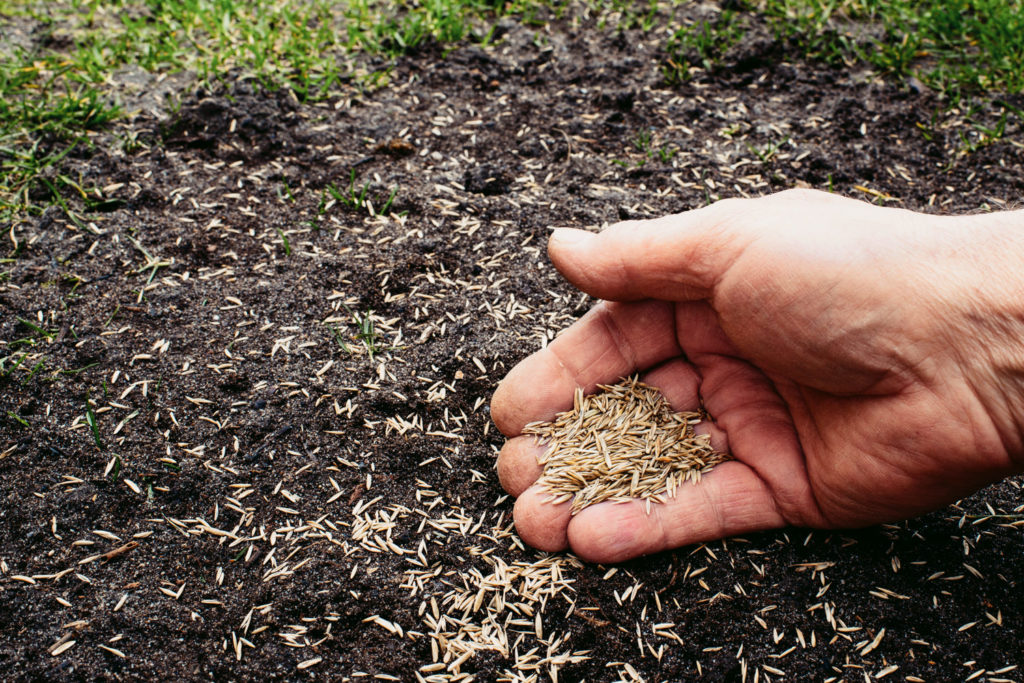
Overseed In The Fall For Optimum Results Grass Overseeding
Lawn over seeding can be done in Spring or Fall. However, it is important to note that, weeds are more aggress in Spring, which can make it a tough fight for your grass seed to stay alive. Ideally, grass seed should be applied in late September or early October to give the grass time to develop and establish before winter.
When you are trying to combat weeds in the Spring, most of the time a weed control or weed killer spray is used. That weed killer will interfere or kill off grass seed that may be trying to become established.
Grass needs to be strong enough to survive the harsh dry months of Summer. Over-seeding in late Spring may not leave the grass strong enough to survive Summer. By seeding your lawn in Fall, grass roots can become better established over winter preparing them for the Spring season.
Dormant seeding can be done in late November/December.
Lawn Fertilization & Weed Treatments
Looking to get signed up for service? Learn more about our current services & quickly get a quote for your property.
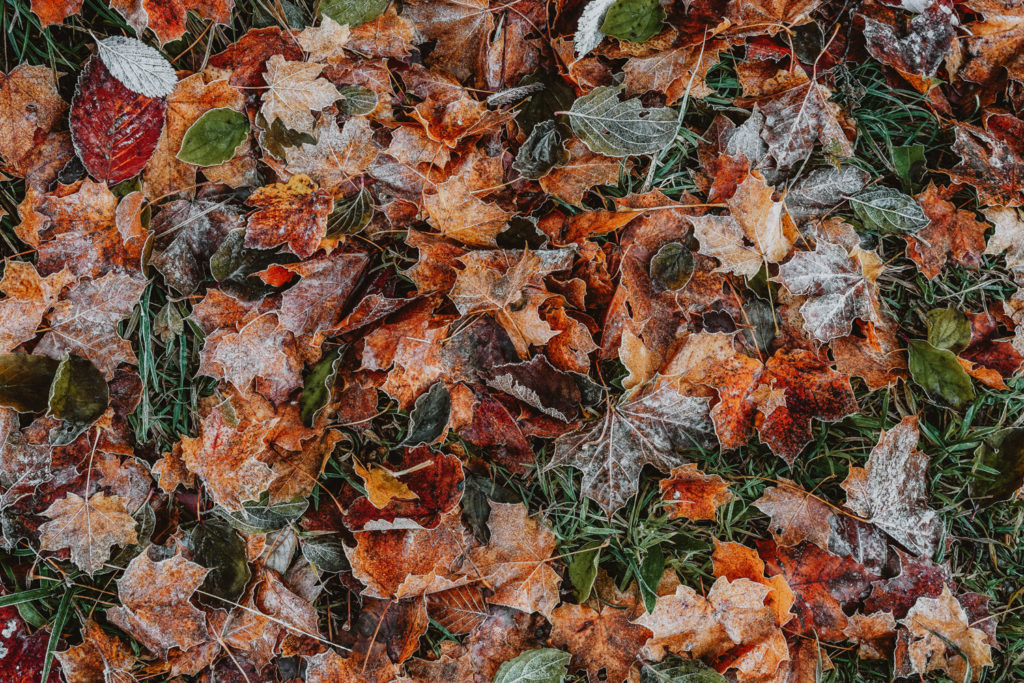
What happens if you don't clean up leaves? Leaf Removal
If leaves aren’t removed from your grass before Winter, disease, fungus, or snow mold can develop in the Spring and cause lawn damage.
Leaves left on the grass throughout the Fall and Winter can suffocate the lawn preventing vital oxygen exchange, sunlight and nutrients from reaching the soil. Matted or mashed leaves that have been walked on and compacted into the grass will be much harder to remove, so it’s best to pick them up each week as they fall.
As leaves begin to decompose, a heat process occurs, which can fool the grass into waking up in the middle of Winter. This alone can create a whole host of problems, such as, if the grass root starts taking up water and a deep freeze happens, grass can become brittle and snap or break.
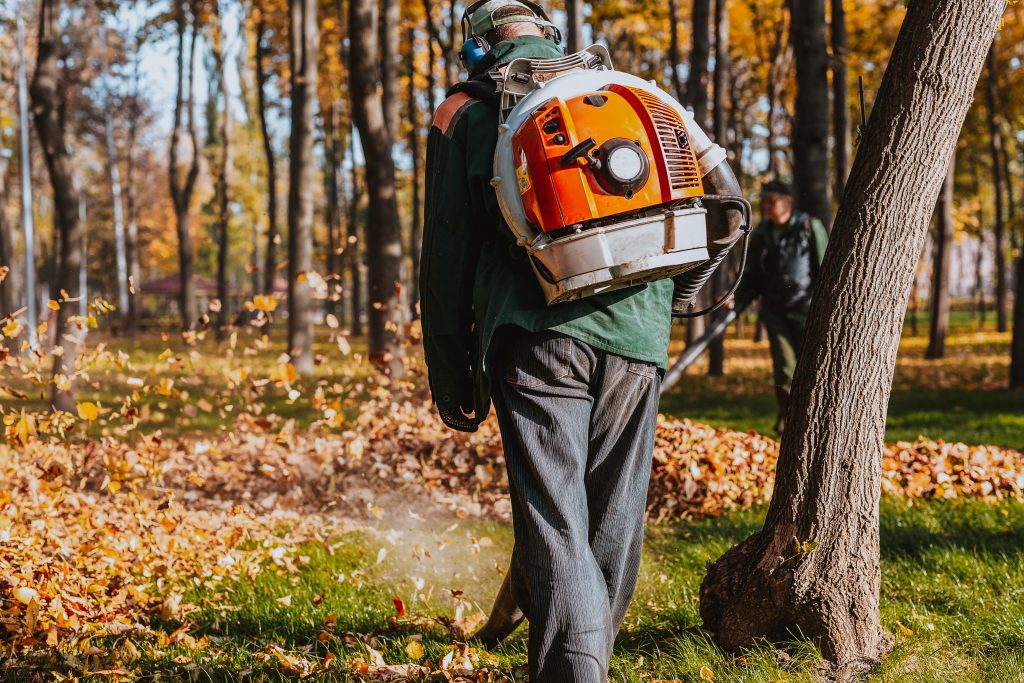
Prevent Winter Damage To Your Lawn Final Fall Clean Up
Fall is a beautiful time of year, but it also marks the end of the growing season for many plants.
As leaves begin to fall, it’s important to keep up with lawn care so that your grass stays healthy through the winter. One way to do this is by performing a Fall clean-up. This involves removing leaves, sticks and other debris from the lawn so that the grass can continue to get the sunlight and air it needs.
Leaves on the ground will also collect moisture from morning dew & rain, which if left on the lawn will suffocate the grass and provide optimum conditions for breeding fungal diseases.
Fall clean-up can be a time-consuming task, but it’s essential for maintaining a healthy lawn. So don’t wait until the last minute – get started on your Fall clean-up today!
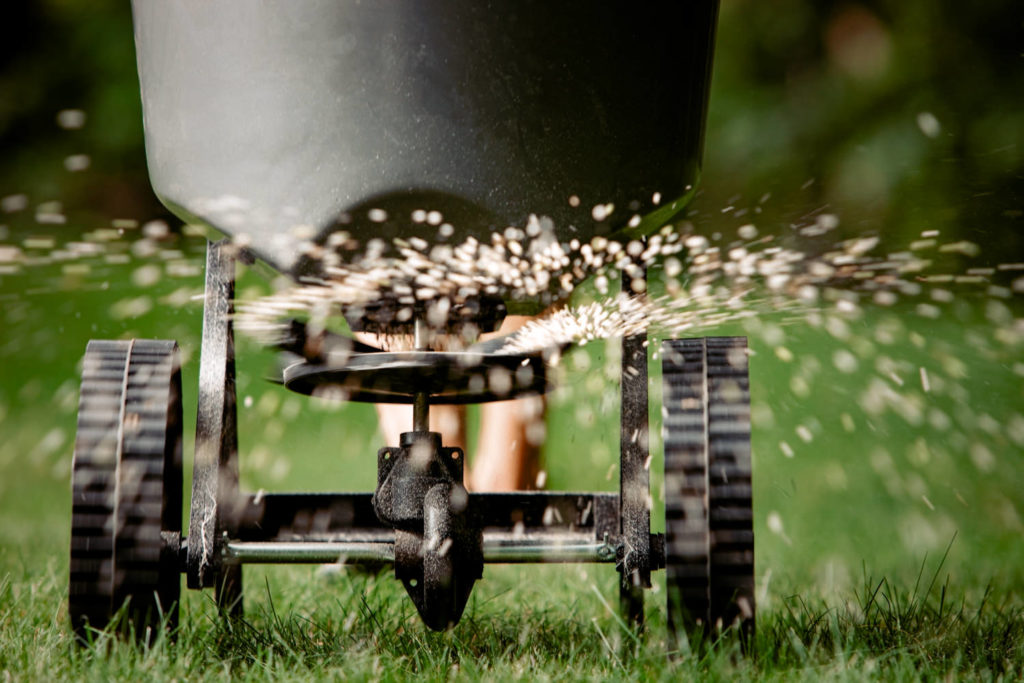
Why You can’t Skip A Lawn Fertilizer In Fall Fall Fertilization
Proper lawn care is essential to having a beautiful yard that is the envy of the neighborhood. One important aspect of fall lawn care is fertilization. Lawns need nutrients throughout the season, and especially in the fall, to prepare your lawn for the winter dormancy months. Fall fertilization helps your lawn to recover from the stress of summer heat and activity and gives it a boost of nutrients to carry it through the winter.
A well-fertilized lawn will be more resistant to disease and pests, have deeper roots, and be better able to withstand drought conditions. As you begin planning your fall lawn care routine, be sure to include fall fertilization as part of your plan. Your lawn will thank you for it!
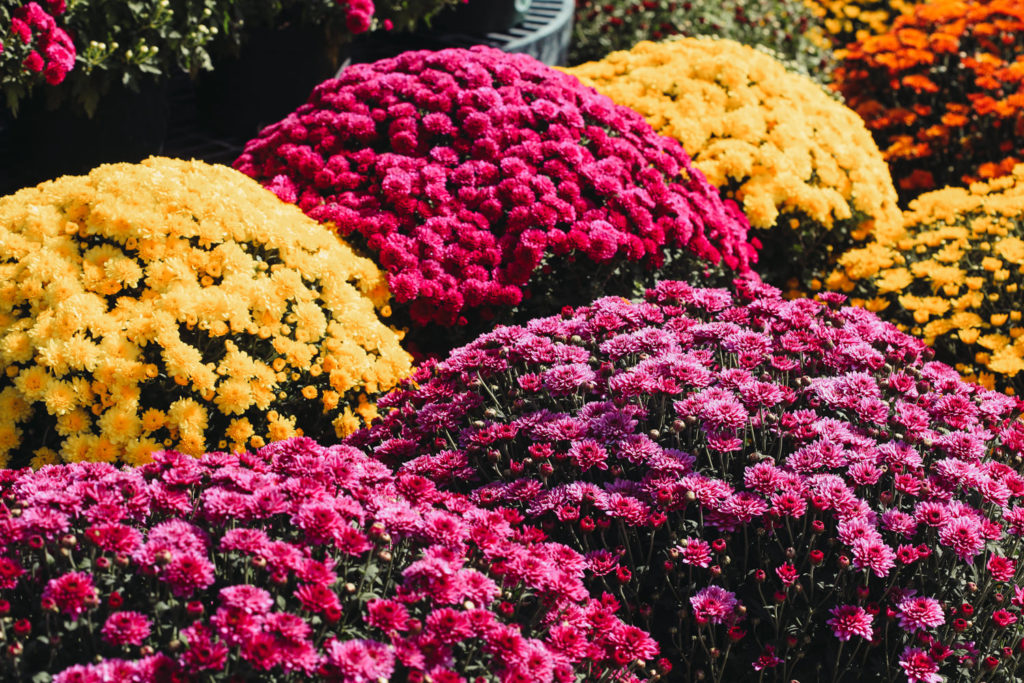
Planting Fall Flowers or Mums Planting Services
Flowers In The Fall
Let’s face it, landscaping can look pretty drab after summer flowers die.
Fall is the perfect time to add some color to your landscaping with mums. Also called chrysanthemums, these hardy plants come in a wide range of colors and Bloom well into the autumn months.
When planting mums, choose a location that receives full sun and has well-drained soil. Be sure to space the plants 18-24 inches apart to allow for adequate air circulation. Mums should be planted at the same depth as they were growing in their pots. Water the plants thoroughly after planting and continue to water them regularly throughout the growing season. Apply a layer of mulch around the plants to help retain moisture and control weeds.
If you are looking to keep color in your landscaping during the fall, planting flowers or mums is a great way to add that pop of color to your front yard. With a little care, your mums will provide a colorful display all season long!
Flowers In The Spring
Tulips are one of the most popular spring-flowering bulbs. They grow best in full sun and well-drained soil, and they come in a wide range of colors, from bold reds and oranges to delicate pinks and whites.
Tulips are relatively easy to care for, but they do require some preparation before planting. For best results, tulip bulbs should be planted in the late fall, before the first frost. This gives the bulbs a chance to develop strong roots before winter sets in.
When choosing a spot for planting, look for an area that gets at least six hours of sunlight per day. If your soil is heavy or clay-based, you may want to mix in some sand or organic matter to improve drainage. Once you’ve found the perfect spot, simply dig a hole about 6 inches deep and place the bulbs pointing upward. Cover them with soil, water well, and wait for spring!
Start Your Quote Today! Getting Started
Get your weekend back & simplify your life this season. Trust Elite Lawn Care for your Lawn Care, Landscaping & Snow Removal needs.
-
1Choose Your ServicesChoose the services your property needs throughout the year.
-
2Set Up & Finalize Your AccountFill out the form & one of our team members will contact you.
-
3Discover The DifferenceServices are automatically scheduled, completed & billed.

